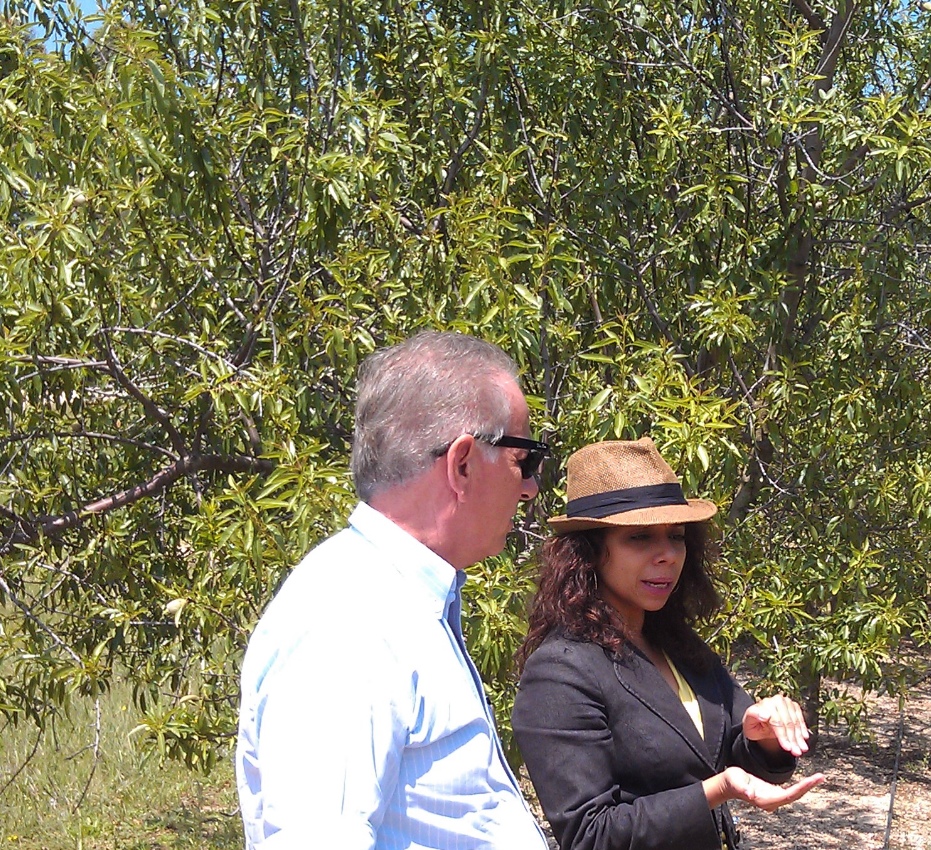 Life can really be random. Just after speeding across the River Plate to Montevideo last month I was whisked unexpectedly to Punta del Este for an 11 pm Paul Anka concert. He is 71, energized, and looks exactly like Silvio Berlusconi. Just Google him and see.
Life can really be random. Just after speeding across the River Plate to Montevideo last month I was whisked unexpectedly to Punta del Este for an 11 pm Paul Anka concert. He is 71, energized, and looks exactly like Silvio Berlusconi. Just Google him and see.
The week before, I saw Italy’s superstar winemaker, Alberto Antonini, in Mendoza, and said I was going to Uruguay too. Earlier this year, a diplomat friend had brought me a bottle of the lovely Bouza Tannat B6 2009. It really caught my attention, and made me want to explore further.
Alberto urged me to take a look at a new project he was working on in Uruguay that he thought could be a game changer for that country’s totally under-appreciated wine scene. What a great call. Uruguay is an utterly charming country in so many ways, but its wines got to me.
They’re the flip side of Mendoza, with its extraordinary high, dry – even extreme – New World winemaking. Uruguay is moist and maritime; that is totally reflected in its sophisticated, lower alcohol, weather-varied wines. Think of a Southern Hemisphere, New World Bordeaux or Galicia. (Photo: Alejandro Bulgheroni and Julissa Reynoso)
So, the next day I went with the American Ambassador (one of our most remarkable, Julissa Reynoso) to join Alberto and owners Bettina and Alejandro Bulgheroni at their amazing, visually striking 10,000-acre wine/olive oil/ostrich/cattle estate, Bodega Garzon. The property rolls gently and expansively over hills and slopes barely 10 miles from the Atlantic Ocean, near Punta, in Maldonado Department. It is over 70 miles to the east of Canelones, where most Uruguayan wine production is centered.
Garzon is in its early years of production, but already has almost 450 acres of densely planted vines, mostly Tannat, Uruguay’s iconic red wine grape, but also Albarino, Viognier, Sauvignon Blanc and Petit Manseng.

I tasted an intense and purple 2011 Tannat, only recently bottled, that was rich and balanced with surprisingly soft tannins, just out of 18 months in new American and French oak. I was struck by the elegance and structure of this wine from relatively young vines, and want to try it again with a little bottle age. I hope it is a harbinger of more great wines to come. (Photo: Garzon vineyards)
The 2012 Albarino was a total charmer. Maybe that’s because I love Galicia so much. I could have mistaken this, blind, for a Rias Baixas wine. I think a small amount of the wine was fermented in oak, adding a little complexity to this pert and minerally offering with nice fruit and a lovely dry finish. It was an unbelievably fun wine to drink, easily my favorite of all the whites I tasted in Uruguay. I can still taste it in my head.
Within two years, Garzon plans to expand to 600 acres under vine and Alberto’s gifted eye. That will make this the fourth largest producer in Uruguay. I hope the scale, and vocation to supply both an international and domestic market (Uruguay is among the top per capita consumers of wine, overwhelmingly local, so there is huge domestic demand), will make it possible to find Bodegas Garzon in key Asian, North American, and European markets.
The wines are beautifully made and terrific values (in the US, $10-20 range). This new entrant is just further proof of the unique value-added to Southern Cone wine production by Uruguay’s seductive, unmistakably Atlantic wines.
William McIlhenny is associate publisher of JamesSuckling.com. A former American diplomat and member of the Secretary of State’s Policy Planning Staff, William held a number of assignments in Europe and Latin America. He works in Washington, D.C.
